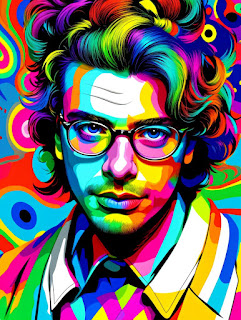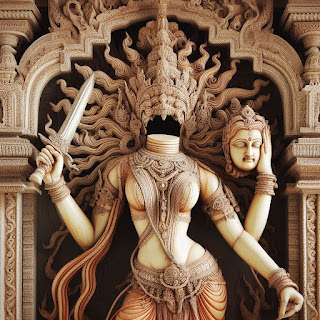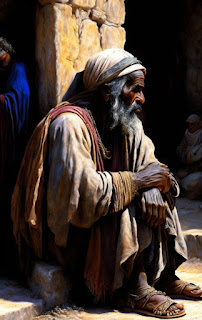Why AI Doesn't Understand Beat Poetry: A Journey Through Rhyming Meter
Introduction:
Beat poetry, a revolutionary form of expression that emerged in the 1950s, captivated the literary world with its raw energy, improvisational style, and a rebellious spirit that rejected conventional norms. Pioneered by iconic poets like Allen Ginsberg, Jack Kerouac, and William S. Burroughs, beat poetry became a cultural movement that sought to break free from the constraints of society. As a lover of both literature and technology, I embarked on a curious journey to see if artificial intelligence could capture the essence of beat poetry. Little did I know, my attempts would lead me down a path dominated by rhyming meter, leaving the true spirit of the beats untouched.
The Beat Generation and Their Poetry:
To understand the challenges AI faces in grasping beat poetry, let's delve into the world of the Beat Generation. Ginsberg's "Howl," a masterpiece of this era, is a relentless outcry against the conformist values of post-war America. The poem is characterized by its long lines, free verse, and unfiltered emotional expression, embodying the ethos of the beatniks. Other notable figures like Kerouac and Burroughs contributed with works like "On the Road" and "Naked Lunch," respectively, emphasizing spontaneity and a rejection of traditional literary conventions.
The AI Experiment:
Eager to witness if artificial intelligence could encapsulate the rebellious spirit of beat poetry, I tasked various AI models with generating a beat poem. My initial excitement was met with disappointment as the output consistently adhered to rhyming meter, an element foreign to the free-flowing nature of beat poetry. The AI seemed fixated on structured rhyme schemes, unable to break away from the constraints I had hoped it would transcend.
The Challenge of Capturing Spontaneity:
Beat poetry is characterized by its improvisational nature, a quality that challenges AI algorithms designed to follow patterns and structures. The beats thrived on spontaneity, allowing emotions, thoughts, and observations to flow unfiltered onto the page. AI, programmed to understand and replicate established patterns, struggled to comprehend the lack of structure inherent in beat poetry, leading it to default to more familiar rhyming schemes.
The Limitations of Machine Learning:
As I delved deeper into the experiment, I realized the limitations of machine learning in capturing the nuances of human expression. While AI excels at mimicking certain literary styles and structures, the soulful rebellion of beat poetry proved elusive. It became evident that the algorithms, no matter how advanced, struggled to replicate the authenticity and depth that defined the beat generation's literary contributions.
Conclusion:
In my quest to bring together two seemingly disparate worlds, I discovered that the rebellious, spontaneous spirit of beat poetry remains beyond the reach of artificial intelligence. While AI can generate poetry with remarkable skill, it falls short in encapsulating the true essence of the beats. As we continue to push the boundaries of technology and creativity, the journey to merge these two realms reminds us that some aspects of human expression are best left to the unstructured, unpredictable nature of our own minds.



1.png)
Comments
Post a Comment